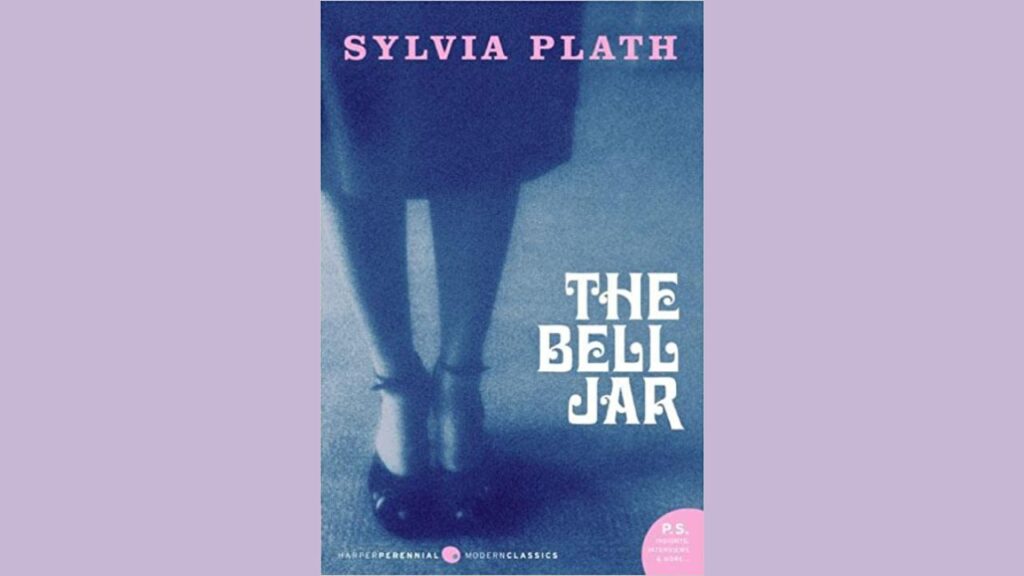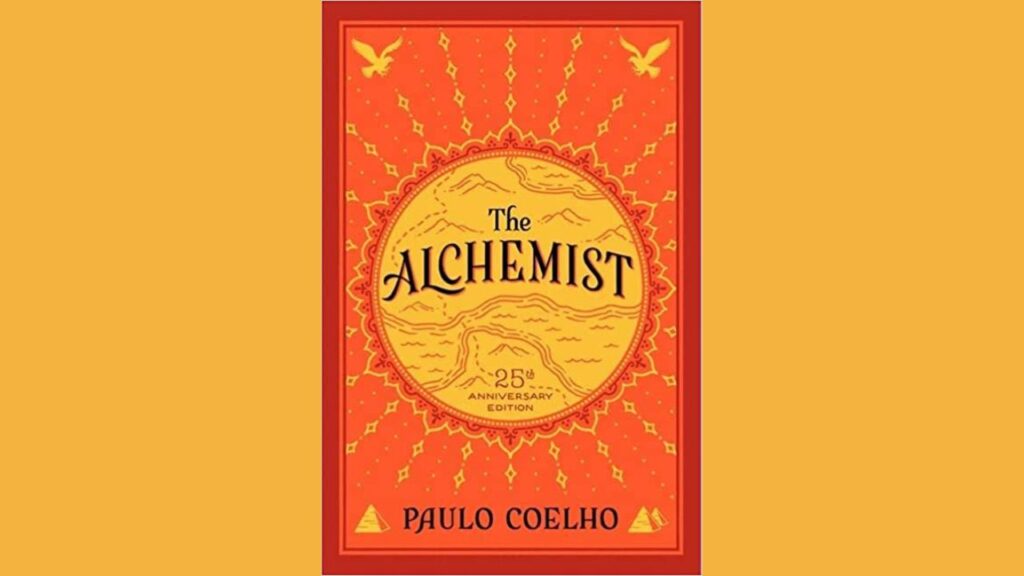
Student Notes – To the Lighthouse by Virginia Woolf
Introduction:
To the Lighthouse, written by Virginia Woolf and published in 1927, is a modernist novel that explores the complexities of human relationships, the passage of time, and the search for meaning and connection. This student note provides an analysis of the novel, including an introduction, setting, historical context, characters, plot summary, key themes and symbolism, analysis and discussion points, and a conclusion. The story takes place in the early 20th century and revolves around the Ramsay family and their annual visits to their summer house on the Isle of Skye.
Setting:
The Ramsays’ Summer House on the Isle of Skye:
- The novel is primarily set in the Ramsays’ summer house, situated on the remote Isle of Skye in Scotland.
- The isolated and idyllic location serves as a metaphor for the characters’ inner lives and the challenges they face in forming connections.
Historical Context:
- To the Lighthouse was published in the aftermath of World War I, a time of significant social and cultural upheaval.
- The novel reflects the shifting attitudes towards gender roles, the questioning of traditional social structures, and the emergence of modernist literature.
Characters:
Mr. Ramsay:
- A philosopher and academic who struggles with his own insecurities and the pursuit of intellectual fame.
- Represents the detached and rational aspects of human nature.
Mrs. Ramsay:
- The nurturing and empathetic matriarch of the Ramsay family.
- Symbolizes the emotional and intuitive side of human nature.
Lily Briscoe:
- A young artist and close friend of the Ramsay family.
- Embodies the struggle for artistic expression and self-identity.
Plot Summary:
- The novel is divided into three sections: “The Window,” “Time Passes,” and “The Lighthouse.”
- “The Window” focuses on a single day at the Ramsays’ summer house, exploring the characters’ thoughts, perceptions, and interactions.
- “Time Passes” depicts the passage of time and the impact of World War I on the Ramsays’ lives and the house itself.
- “The Lighthouse” follows the Ramsays and a group of others as they finally make their long-awaited journey to the lighthouse.
Key Themes and Symbolism:
Time and Perception:
- The novel delves into the subjective nature of time and how it shapes individuals’ experiences and memories.
- The passage of time also highlights the transience of life and the impermanence of human connections.
Gender and Identity:
- Woolf explores the limitations imposed on women by societal expectations and the struggle for self-expression and fulfillment.
- Characters like Lily Briscoe challenge traditional gender roles and expectations.
Art and Creativity:
- The role of art and the artist in capturing the essence of human experience and bridging the gap between individuals.
- Lily’s painting becomes a symbol of her quest for personal and artistic truth.
Analysis and Discussion Points:
- Woolf’s use of stream-of-consciousness narrative technique to represent the characters’ inner thoughts and perceptions.
- The significance of the lighthouse as a symbol of hope, enlightenment, and transcendence.
- The influence of Virginia Woolf’s own life and experiences on the novel’s themes and character development.
Conclusion:
To the Lighthouse by Virginia Woolf is a profound exploration of human relationships, the passage of time, and the quest for meaning and connection. Through her innovative narrative style and evocative prose, Woolf captures the complexities of human existence and challenges traditional notions of time, gender, and identity. The novel’s enduring themes and rich symbolism continue to resonate with readers, making it a significant contribution to modernist literature.





